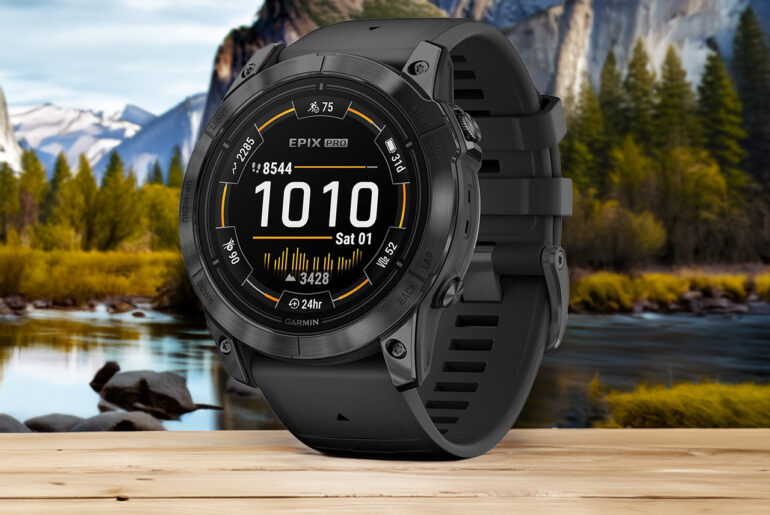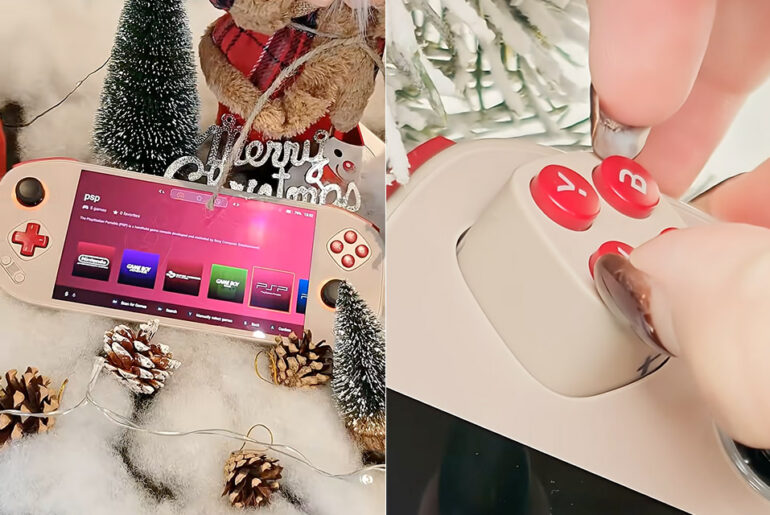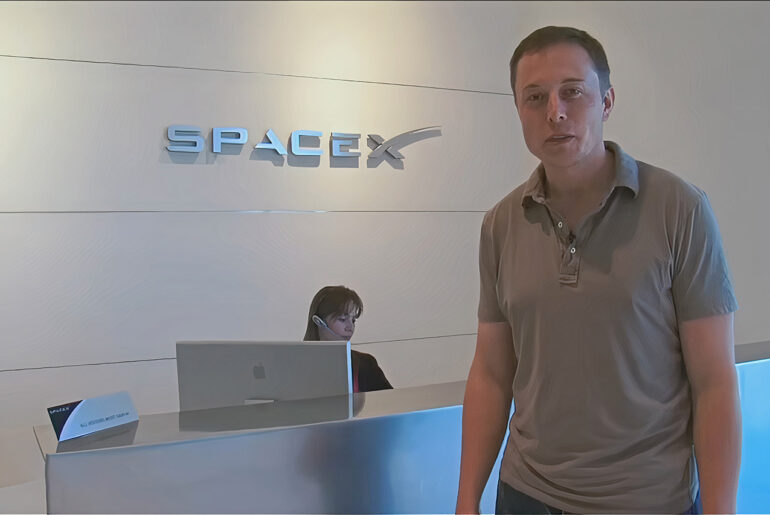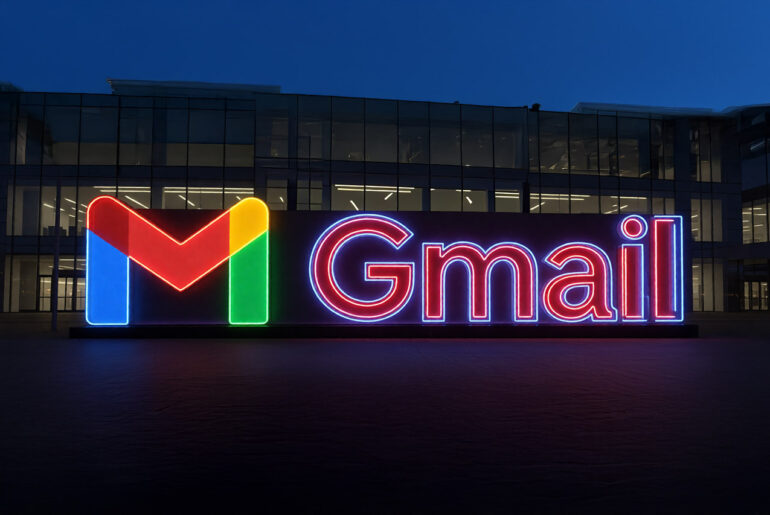
Apple certainly raised the bar with the Watch Ultra, which combines a rugged construction with seamless smartphone integration. However, Garmin adopted a different route with the Epix Pro (Gen 2) in its largest 51mm size, priced at $499.99 (was $999.99), focusing on athletes and outdoor enthusiasts who demand a device that can withstand long sessions without needing to be recharged on a regular basis.

MANGMI is continuing its mission to provide low-cost Android handheld flips the script on mobile gaming with a large screen and easily customizable, modular controls.
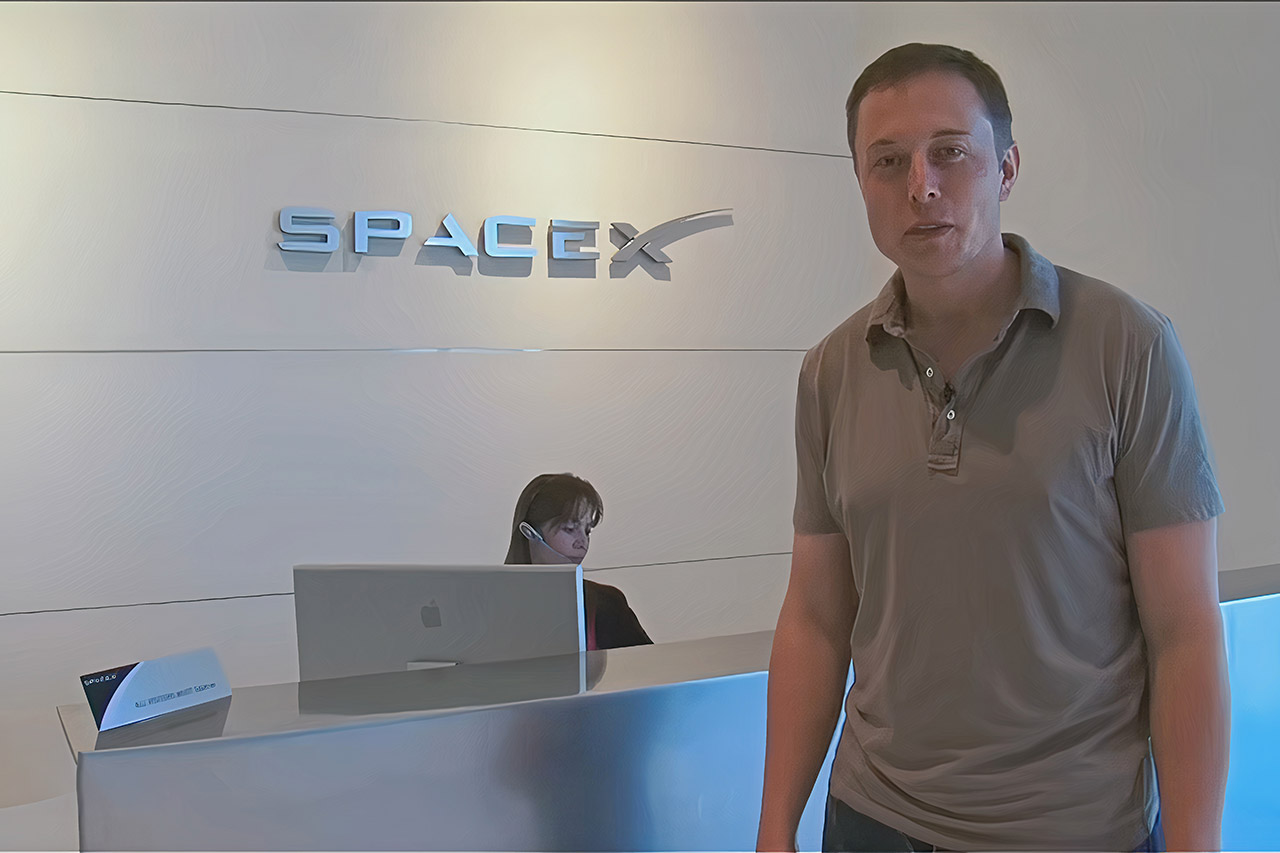
Elon Musk walks into the camera frame, casually dressed in a simple gray polo shirt, preparing to lead viewers on a tour of the SpaceX headquarters in Hawthorne, California. This part has been available since November 2010, a full 15 years ago, but it nonetheless depicts the unicorn startup at a key period, just weeks before Dragon became the first privately built spacecraft to reach orbit and return intact.

Curious Scientist began with a Hawkeye Firefly Split V6 Pro drone camera, which was designed for high-speed first person view flying. As soon as he got his hands on this small 6K marvel, he started thinking about how else he could use it. With its one-inch Sony sensor, it has the ability to shoot some absolutely outstanding footage from a workbench or anywhere else where you require a portable high-quality video solution.

For the past 20 years, anyone with a @gmail[.]com address has learned the hard way that once you choose a name, it’s permanent. There is no way to alter, exchange, or receive a second chance to get it just perfect, even if what you created in your teens is simply cringe-worthy. People used to create completely new Gmail accounts only to start again, and then spend hours untangling their email, images, and files from the old one. But it appears that Google is ready to alleviate that headache with a small but significant upgrade.
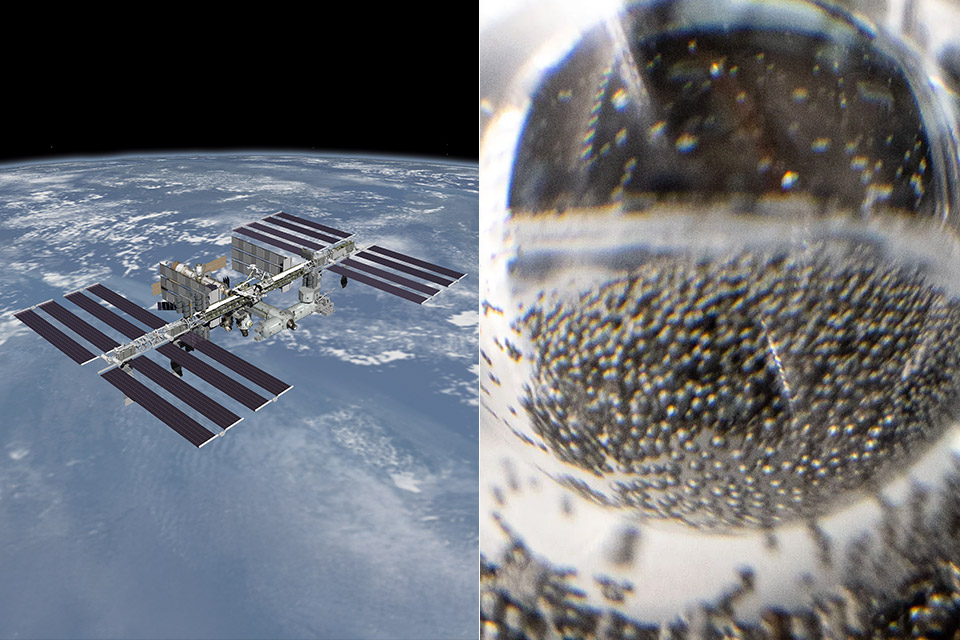
Photo credit: NASA / Zena Cardman
The International Space Station (ISS), located high above the Earth, has been used to demonstrate how strange things behave when gravity is no longer pulling them downward. Recently, several astronauts captured a shot inside the Destiny lab module of a group of ball bearings floating around a larger one. They’re floating in a thick liquid that keeps the metal spheres stable, and they respond to very subtle vibrations in a way that can’t be replicated on the ground.
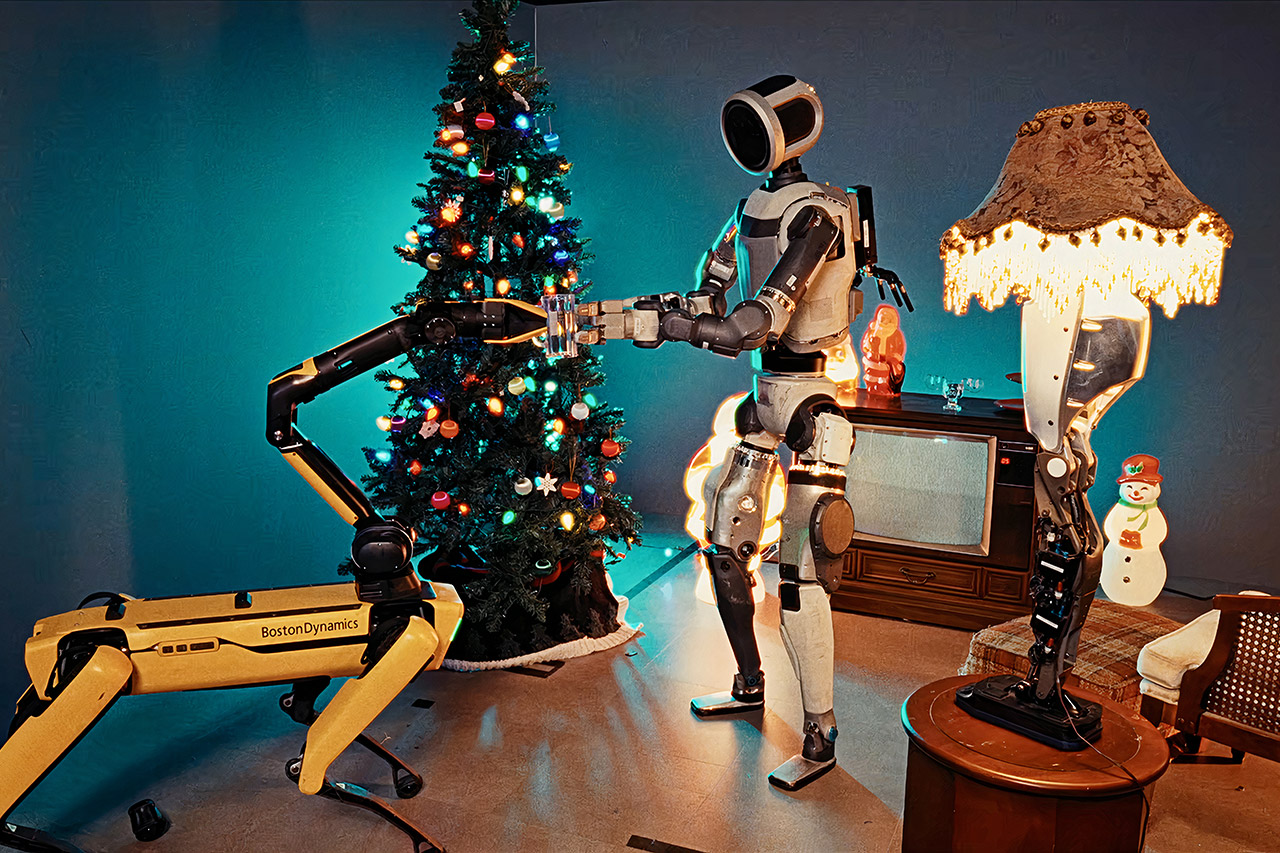
Boston Dynamics continues their annual tradition of unique videos that somehow manage to combine cutting-edge robotics with genuine holiday spirit. The business has just released a new clip for 2025 titled “Happy Holidays from Boston Dynamics | 2025,” and it just works. This time, they gathered together their cutting edge humanoid robot, Atlas 2.0, and the quadruped Spot.
![]()
Google just released the Pixel 10 Pro a few months ago, starting at $999. Well, now you can now get a fully unlocked 128GB variant for only $649 (after clipping the on-page $100 off coupon), which brings this top-tier phone down to earth. Especially when compared to the iPhone 17 Pro, which starts at an even higher $1,099 without immediate savings.
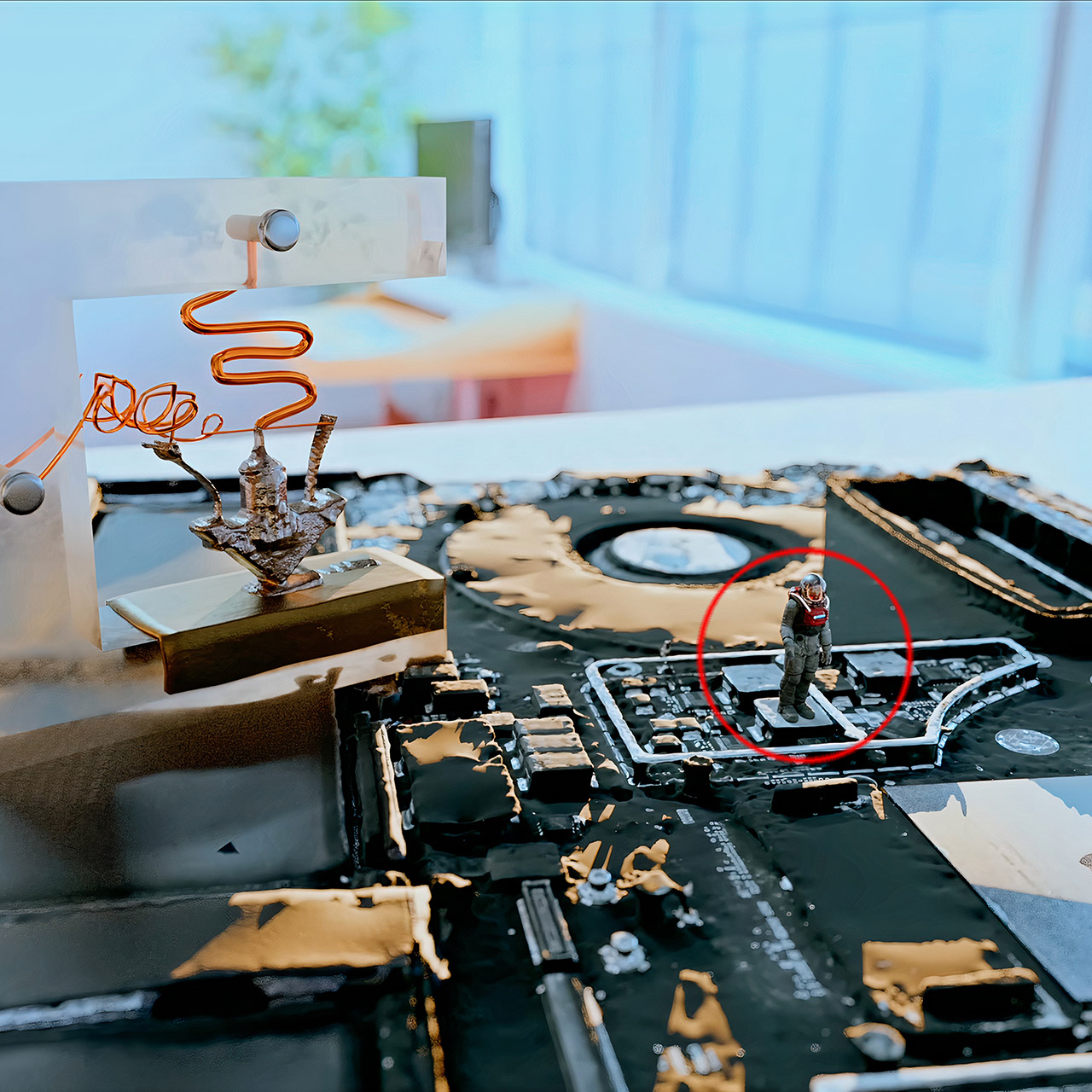
Marques Brownlee, or MKBHD, takes us on a mind-bending visual voyage into the world of diminishing scales in his most recent video. Using some very clever animations, he takes us through a step-by-step reduction in his size, demonstrating how incredibly small modern computer parts have become. Every snap of his fingers transports him down another dimension, making everyday objects appear like enormous vistas.

Derek Muller begins his new Veritasium video with a basic question on what happens if the sun suddenly vanishes. That’s the big question because Earth would just keep orbiting for around eight minutes, or the time it takes for light to reach us. Sir Isaac Newton believed that gravity was an immediate force that works over space, but Albert Einstein’s general relativity changed that. He demonstrated that gravitational changes propagate at the speed of light through ripples in space-time. This law keeps the universe in order and prevents all kinds of paradoxical situations from occurring.

